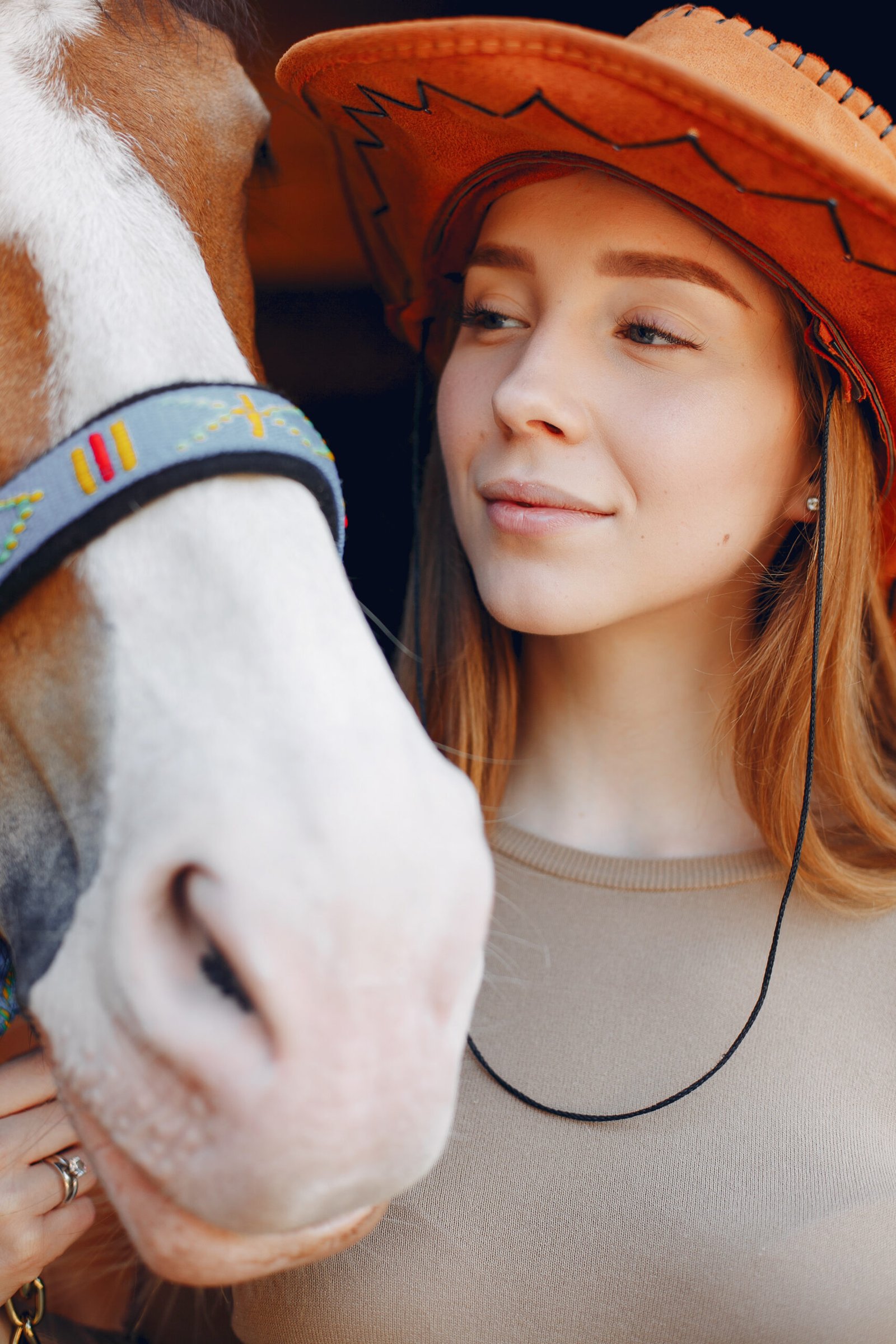There’s something profoundly moving about the bond between a child and a horse. The silent understanding, the calm presence, and the steady rhythm of a horse’s gait can do more than bring a smile—it can become a powerful tool for healing. This is the heart of hippotherapy, a form of equine-assisted therapy that is gaining recognition for its positive impact on children with Autism Spectrum Disorder (ASD).
In this article, we’ll explore how horses help children on the spectrum develop motor skills, communication abilities, emotional regulation, and overall well-being. Whether you’re a parent, therapist, educator, or simply curious, you’ll gain insight into why this therapeutic approach is changing lives.
What is Hippotherapy?
Hippotherapy is a type of physical, occupational, or speech therapy that incorporates the movement of a horse to achieve therapeutic goals. The word comes from the Greek hippos, meaning “horse,” and it’s used under the guidance of certified therapists alongside trained equines.
It’s important not to confuse hippotherapy with therapeutic horseback riding. While both involve horses, hippotherapy is a clinical intervention, often prescribed by a medical professional, and focused on addressing specific health needs such as:
- Motor coordination
- Balance
- Muscle tone
- Speech and language development
- Sensory processing
For children with autism, hippotherapy can be a multisensory experience that fosters growth in areas where they often face challenges.
Why Horses?
Horses are unique therapy animals. Their movement mimics the natural human gait, which stimulates parts of the brain involved in movement and speech. But the therapeutic benefits go far beyond just physical imitation.
1. Non-Verbal Connection
Children with autism often struggle with verbal communication. Horses, being non-verbal creatures themselves, offer a form of silent empathy. The child learns to understand and interpret body language, develop trust, and build social awareness—all without words.
2. Consistent and Predictable
Horses provide a sense of consistency that can be comforting for autistic children who thrive on routine. The rhythmic motion of riding can have a calming effect, reducing anxiety and improving focus.
3. Immediate Feedback
Horses respond instantly to the rider’s movements, which teaches cause and effect. When a child shifts their weight or gives a command, the horse reacts—giving the child a sense of control and empowerment.
Benefits of Hippotherapy for Children with Autism
1. Improved Motor Skills
Riding a horse engages the core, legs, and arms—all essential for balance and coordination. Children improve their posture, strength, and range of motion through repetitive, low-impact movement that’s both fun and effective.
2. Language and Communication
Many therapists report significant progress in speech development. The joy of interacting with the horse and therapist encourages verbal attempts, whether it’s calling the horse’s name, issuing commands, or answering questions.
3. Emotional Regulation
The horse becomes a calming presence, helping children learn how to self-regulate. Riding requires patience, timing, and following directions—all skills that help children manage emotions both in therapy and in daily life.
4. Sensory Integration
Autism often involves sensory processing issues, where a child might be overly sensitive or unresponsive to touch, sound, or movement. The varied textures, smells, and sensations during hippotherapy provide a controlled environment to work through these challenges.
5. Social Development
Children engage with multiple people during sessions—the therapist, volunteers, horse handlers—and begin to practice social interaction in a safe, encouraging space. This builds confidence and prepares them for interaction in school or community settings.
Real-Life Stories
Therapists across the world share incredible transformations. Children who once struggled to make eye contact begin looking into the horse’s eyes. Non-verbal children start uttering their first words. Parents report improvements not just in therapy, but at home and in school.
Take, for example, 8-year-old Lucas. Diagnosed with ASD at age 3, Lucas had significant difficulty with motor planning and communication. After six months of weekly hippotherapy sessions, he began initiating conversations, his coordination improved dramatically, and he even started riding independently.
How a Session Works
A typical session involves:
- Preparation and greeting the horse: Building comfort and connection.
- Mounting and riding: Guided by a therapist and support team.
- Targeted exercises: Activities that work on specific goals (balancing on a ball while seated, stretching, following instructions).
- Cool-down: Ending with calming interaction, brushing the horse, or a quiet walk.
Sessions last around 30–45 minutes and are tailored to the child’s individual needs.
Is Hippotherapy Right for Every Child with Autism?
Not every child may be suited for hippotherapy, especially if they have extreme fear of animals, allergies, or physical limitations that prevent safe riding. However, in many cases, children who were initially hesitant grow to love the sessions over time.
Before starting, parents should consult with their child’s doctor or therapist and find a center that is certified and experienced in hippotherapy. Safety and proper supervision are key.
Finding a Program Near You
There are hundreds of therapy centers worldwide offering hippotherapy. In the United States, organizations like the American Hippotherapy Association (AHA) and PATH International provide directories of certified providers.
If you’re in another country, look for programs with trained therapists and safe facilities. Always ask about their experience with autistic children and request a tour before enrolling.
Final Thoughts: A Unique Path to Connection
In a world where therapy often feels clinical or abstract, hippotherapy offers something profoundly human: connection. Through horses, children with autism can find a bridge to the world around them—physically, emotionally, and socially.
It’s not a magic cure, but it’s a powerful tool that’s bringing hope, joy, and progress to countless families.
